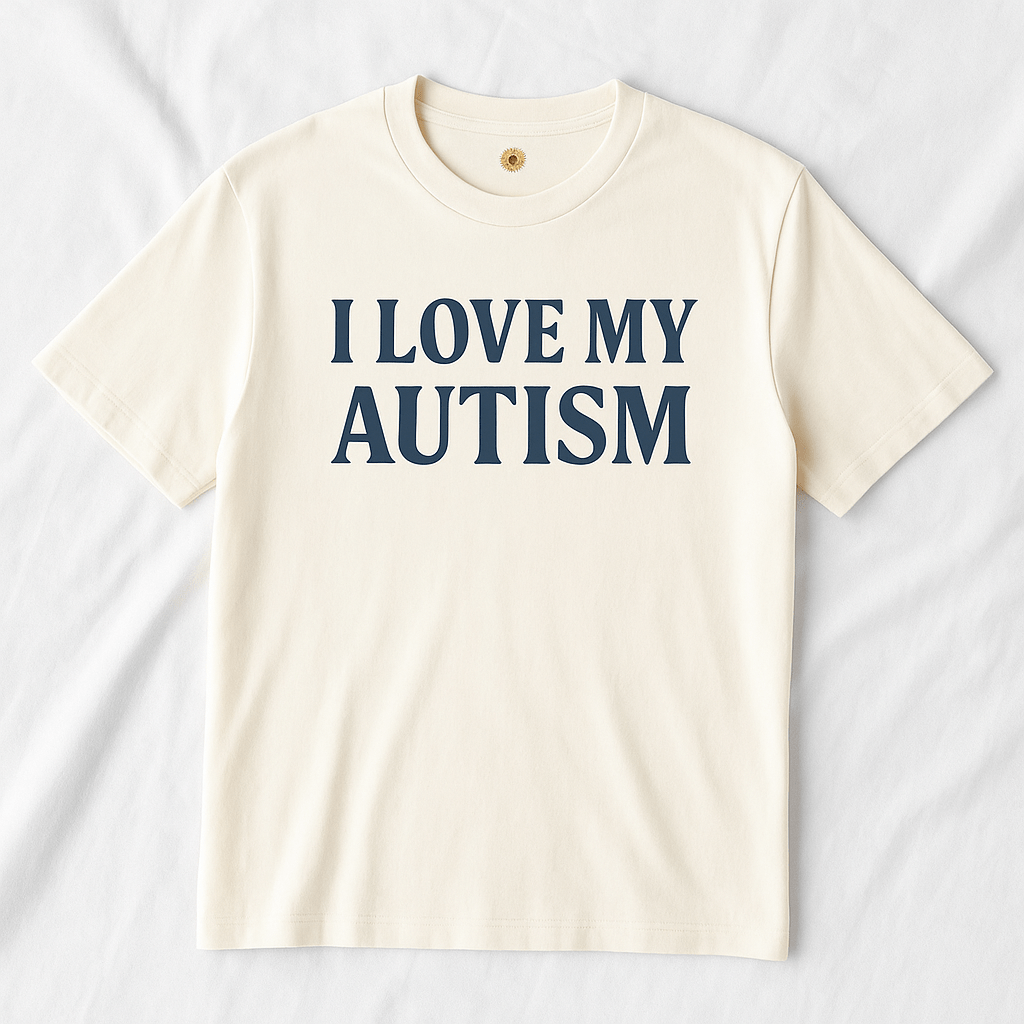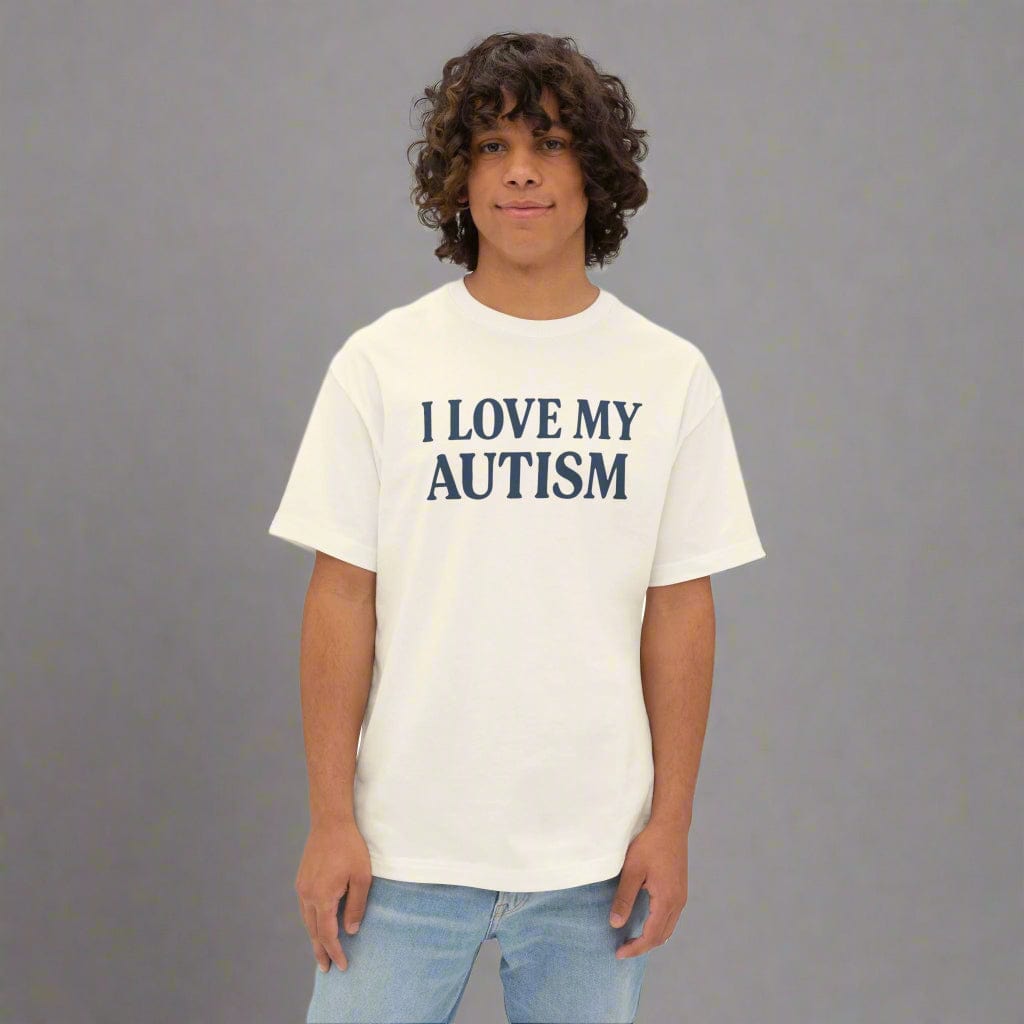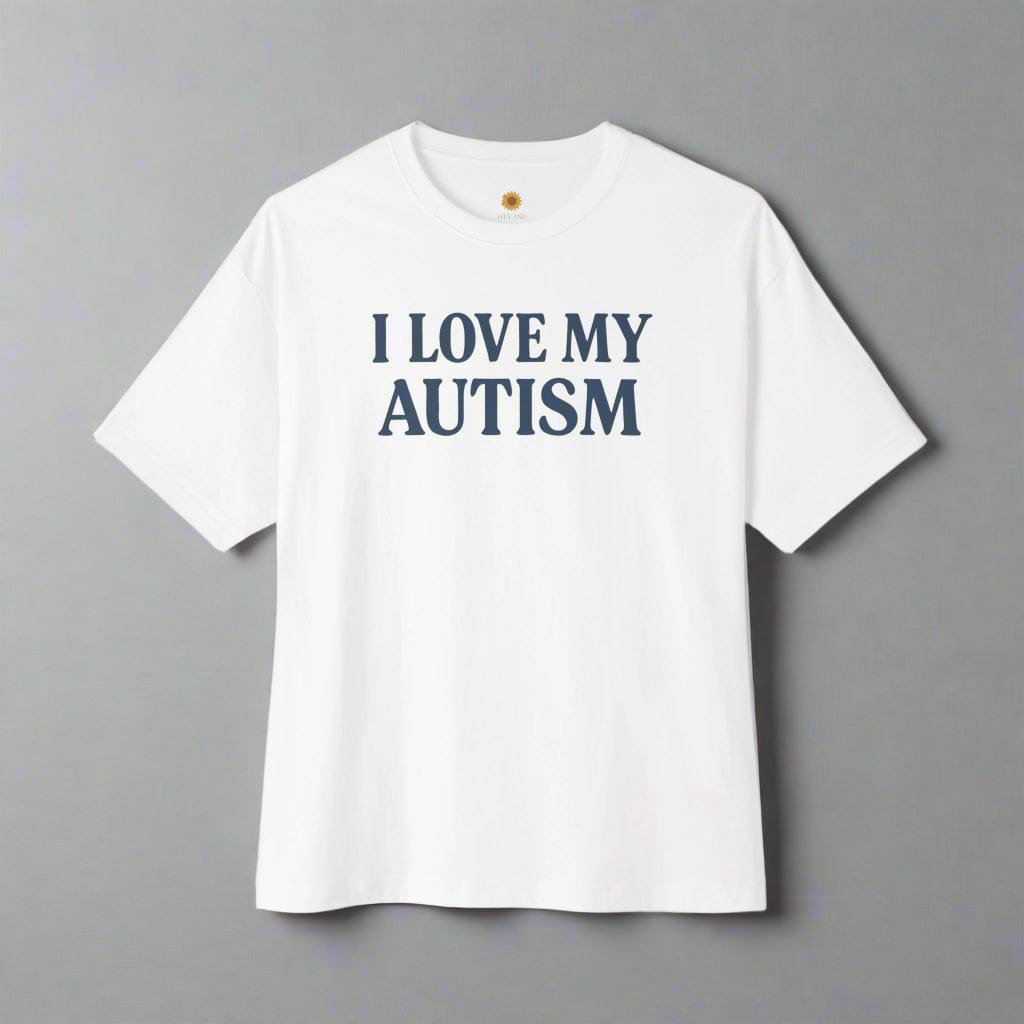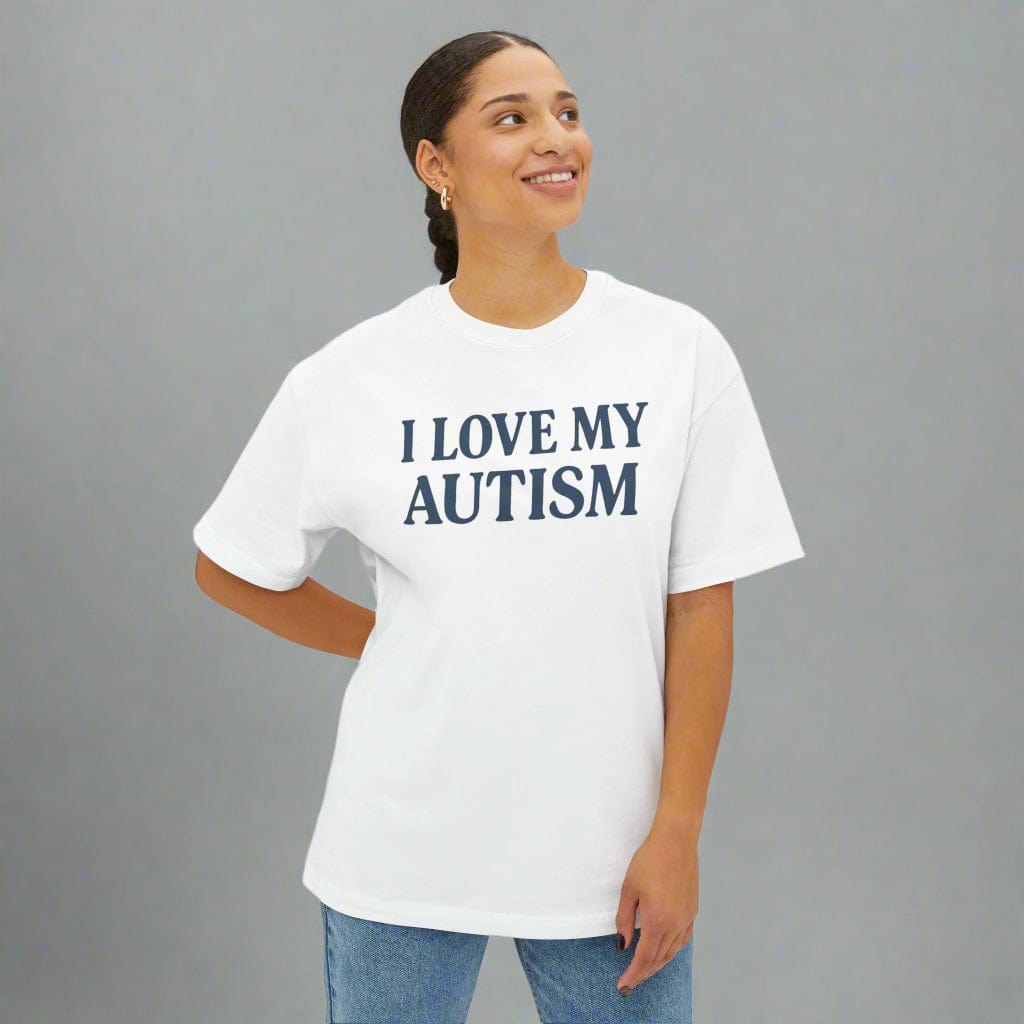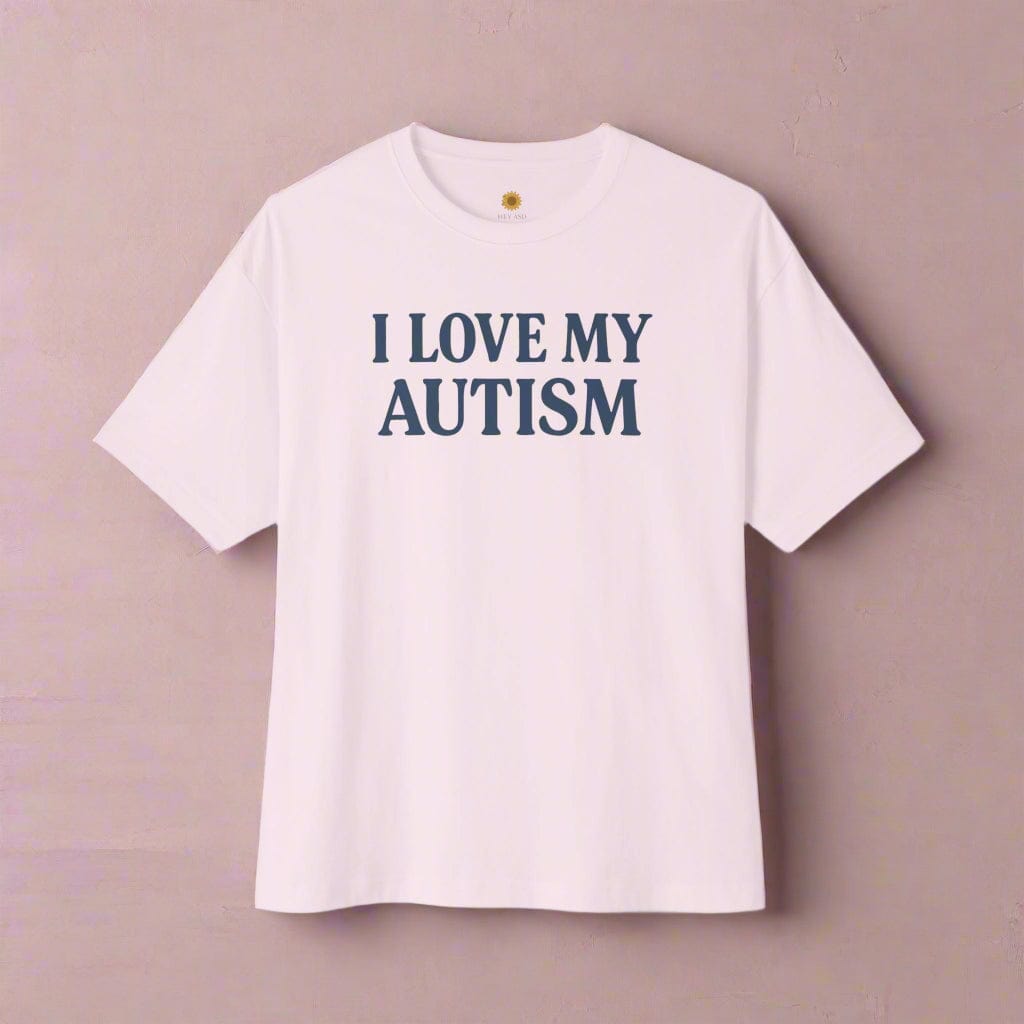Autism & Communication: Understanding, Impacts & Strategies to Improve

Written by HeyASD.com Team
Autism Spectrum Disorder (ASD) is a neurodevelopmental disorder that affects communication, social interaction, and behavior. According to the Centers for Disease Control and Prevention (CDC), about 1 in 54 children have been diagnosed with ASD. One of the most challenging aspects of ASD is how it affects communication. People with ASD experience difficulties with both verbal and non-verbal communication, which can make it difficult to form and maintain relationships, engage in social interactions, and participate in everyday activities.
In this article, we will explore the impact of ASD on communication, including the different types of communication difficulties experienced by individuals with ASD, how to recognize and support these difficulties, and effective strategies for improving communication.
Understanding Autism Spectrum Disorder (ASD)
ASD is a complex disorder that affects individuals in different ways. It is a spectrum disorder, which means that it affects individuals to varying degrees and with varying symptoms. Some individuals with ASD may have mild symptoms, while others may have more severe symptoms.
The common characteristics of ASD include difficulties with social interaction, communication, and behavior. These difficulties may be apparent from an early age or may only become apparent later in life.

Types of Communication Difficulties Experienced by Individuals with ASD
People with ASD experience a range of communication difficulties. These difficulties can affect both verbal and non-verbal communication. Some of the most common types of communication difficulties experienced by individuals with ASD include:
1. Delayed Speech and Language Development
Many children with ASD experience delays in speech and language development. They may have difficulty using and understanding language, and they may struggle to communicate their needs and wants effectively.
2. Echolalia
Echolalia is a common communication difficulty experienced by individuals with ASD. It involves repeating words or phrases that they have heard, either immediately or at a later time.
3. Difficulty with Social Communication
People with ASD may struggle to understand social cues and norms, making it difficult to participate in social interactions. They may have difficulty interpreting facial expressions, body language, and tone of voice.
4. Difficulty with Non-Verbal Communication
Individuals with ASD may also have difficulty with non-verbal communication. They may struggle to make eye contact, use gestures appropriately, or understand the gestures and facial expressions of others.
5. Difficulty with Idiomatic Language
Idiomatic language, such as figures of speech or metaphors, can be difficult for individuals with ASD to understand. They may take idiomatic language literally, which can lead to confusion or misunderstandings.

Recognizing and Supporting Communication Difficulties in Individuals with ASD
Recognizing communication difficulties in individuals with ASD is the first step towards providing effective support. It is very possible to learn how to communicate with individuals with ASD.
Some strategies for recognizing and supporting communication difficulties in individuals with ASD include:
1. Observation
Observing the individual's behavior and interactions can help identify areas of difficulty. This includes paying attention to verbal and non-verbal communication, as well as social interactions.
2. Communication Support
Providing support for communication can help individuals with ASD to overcome communication difficulties. This includes providing access to speech and language therapy, using visual aids to support communication, and encouraging the use of technology to aid communication.
3. Understanding and Acceptance
Understanding and accepting the communication difficulties experienced by individuals with ASD is crucial for providing effective support. This involves recognizing that communication difficulties are an inherent part of the condition and adapting to their needs accordingly.

Effective Strategies for Improving Communication in Individuals with ASD
Effective strategies for improving communication in individuals with ASD include:
1. Encouraging Communication
Encouraging communication through positive reinforcement can help individuals with ASD to develop their communication skills. This includes reinforcing attempts to communicate, providing feedback and praise, and being patient and supportive.
2. Using Visual Aids
Using visual aids such as pictures, symbols, and sign language can help individuals with ASD to understand and express themselves more effectively. Visual aids can also help individuals with ASD to understand abstract concepts and ideas.
3. Simplifying Language
Simplifying language and breaking down complex ideas into smaller, more manageable parts can help individuals with ASD to understand and communicate more effectively. This includes using concrete, rather than abstract language, and avoiding idiomatic language.
4. Providing Opportunities for Social Interaction
Providing opportunities for social interaction, such as group activities or social skills training, can help individuals with ASD to develop their social skills and improve their communication. This also helps to provide a sense of community and belonging.
5. Encouraging the Use of Technology
Encouraging the use of technology, such as communication apps and social media, can help individuals with ASD to communicate more effectively. Technology can provide a way for individuals with ASD to communicate in a way that is comfortable and familiar to them.

Join Hundreds of Autistic Adults Feeling
More Comfort in Their Own Skin
Use code WELCOME10 for 10% off your first order.
Start Your Comfort JourneyConclusion
ASD is a complex disorder that affects communication, social interaction, and behavior. People with ASD experience a range of communication difficulties, which can make it difficult to form and maintain relationships, engage in social interactions, and participate in everyday activities.
Recognizing and supporting these difficulties is crucial for providing effective support for individuals with ASD. Effective strategies for improving communication in individuals with ASD include encouraging communication, using visual aids, simplifying language, providing opportunities for social interaction, and encouraging the use of technology.
FAQs
Can individuals with ASD learn to communicate effectively?
Yes, with the right support and intervention, individuals with ASD can learn to communicate effectively.
Are there different types of ASD that affect communication differently?
Yes, ASD is a spectrum disorder, and the communication difficulties experienced by individuals with ASD can vary depending on the severity and type of the condition.
What is echolalia, and how does it affect communication in individuals with ASD?
Echolalia is the repetition of words or phrases that an individual with ASD has heard. It can make communication difficult, as the individual may struggle to use language in a meaningful way.
How can I support a friend or family member with ASD who is struggling with communication?
Providing support and understanding, using visual aids, simplifying language, and encouraging communication can all be effective strategies for supporting a friend or family member with ASD who is struggling with communication.
Can technology help individuals with ASD to communicate more effectively?
Yes, technology can provide a way for individuals with ASD to communicate in a way that is comfortable and familiar to them, making it an effective tool for improving communication.
On This Page
Frequently asked questions
What are some gentle autism communication strategies that can help support a loved one?
How can I use sensory-friendly communication tips to make conversations easier for someone with autism?
What are common communication challenges in autism, and how can I recognize them?
How can speech therapy for autism improve communication skills over time?
Are there calming blankets or sensory tools that can support communication and reduce anxiety during social interactions?
What are some ways to encourage social skills support for autistic individuals in everyday settings?
How can I simplify language and use visual aids to better connect with someone who has autism?
What role does patience and understanding play in overcoming communication difficulties in autism?
Can Autism-themed decor or comfortable clothing like t-shirts help create a supportive environment for communication?

About the HeyASD.com Team
Autistic‑owned • Values‑led • Sensory‑friendly design
We are autistic creators, writers, and advocates dedicated to producing resources that are practical, sensory-aware, and grounded in lived experience. Our mission is to make information and products that support the autistic community accessible to everyone, without jargon or condescension. Learn more about our team.
This article is written from lived autistic experience and an evidence-aware perspective. It is for general informational purposes only and should not be taken as medical, legal or therapeutic advice.
Always consult a qualified clinician or occupational therapist for individual needs and circumstances.

About Our ASD Blog
HeyASD is more than a store, it’s a calm, supportive space for autistic adults and the people who care about them. Explore identity-affirming stories, sensory regulation tools, and uplifting resources from our community.
Thank you for reading. We hope these resources bring comfort and clarity.



































